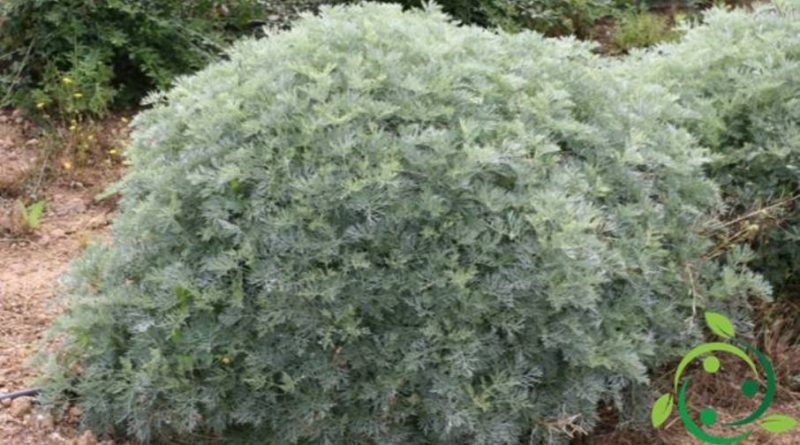How to grow aromatic wormwood
How to grow aromatic wormwood
Aromatic wormwood (Artemisia arborescens, L., 1763) is a perennial species belonging to the Asteraceae family. In this sheet we see how to grow aromatic absinthe.
The plants of Artemisia arborescens prefer very bright locations, but can bear short periods of semi shading. These plants are moderately rustic and can develop even with temperatures reaching – 4 ° C. They do not fear cold and can withstand short frosts; in case of intense frost it can happen that the apex of the branches is ruined, in this case after the winter, during the spring it proceeds to a pruning that serves for the removal of the ruined stems.
Generally, the Artemisia arborescens shrubs, now long-standing, tolerate even prolonged periods of drought without problems.
When a wormwood plant has just been planted, we suggest proceeding regularly with water, until the plant has stabilized well and has begun to widen its roots in the soil.
It is important to check that the soil maintains the right degree of humidity but does not present the formation of stagnant water, a phenomenon that can be dangerous for the health of the plant, also causing radical rot.
Artemisia arborescens plants prefer fresh and deep soils, which exhibit excellent drainage characteristics; to make this happen it is advisable to prepare a soil composed of a part of sand or pumice stone.
It is important to check that there are no dangerous water stagnations that could compromise the base of the plant, creating serious problems.
As for the multiplication of this variety, in spring it is possible to sow small gray seeds. During the summer, semi-woody apical cuttings are harvested, which must be rooted in a mixture of peat and sand in equal parts. Remember that the rooting pot should be kept in a shady and humid place until the roots develop, as the cuttings tend to dry very quickly.
For the maintenance of the shrub, after flowering, it is good to practice a good pruning, especially shortening the branches that have flowered, to maintain a dense and compact shrub. The flowers are scarcely decorative, while the foliage is very particular and showy, and remains pleasant throughout the year. The flowers are used in herbal medicine, the foliage is edible, with a pungent and aromatic taste.
Artemisia arborescens, being a rather rustic plant, is not affected by pests or diseases. In case of parasitic and cryptogamic attacks, it is advisable to consult a specialist in order to avoid the use of chemical products which, especially when Artemisia arborescens grows, could damage the habitat.

